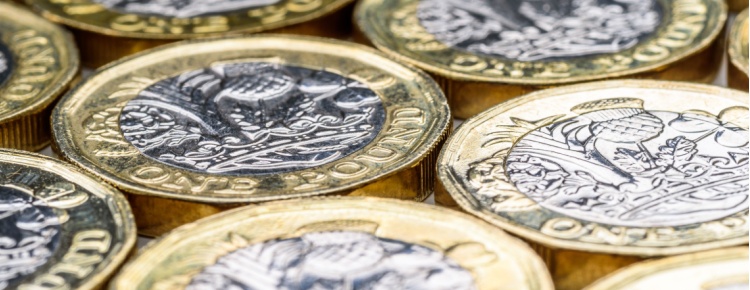
This article was published on: 02/13/24
This year the FTSE 100 index turns 40. Over the last four decades, it’s become a way to measure the health of the UK stock market. During that time there have been highs that investors no doubt celebrated, and lows that serve as a reminder that there’s some truth in the saying: it’s time in the market, not timing the market.
In 1984, Margaret Thatcher was serving as prime minister and, similar to today, interest rates were increasing in a bid to reduce inflation – the base interest rate exceeded 12.8% in July 1984. The country was also grappling with miners’ strikes and high levels of unemployment. Yet, it was also a time of technological advancement and scientific discoveries.
Against this backdrop, the FTSE 100 index launched.
The FTSE 100 is made up of the biggest 100 companies that are listed on the London Stock Exchange. The market capitalisation of each company is reviewed every quarter, and the index is adjusted accordingly.
More than 20 companies that were listed when the FTSE 100 launched are still on it today, including NatWest, Unilever, and Shell.
While you might think 100 companies were selected for being a round number, it was chosen because it was the maximum number of stock symbols that could be displayed on a single page of the electronic information terminals at the time. The technology’s improved, but the 100 figure has stuck.
As an investor, you might hold individual stocks in some of the companies included in the FTSE 100. You might also be invested in FTSE 100 firms through a fund, which would pool your money with that of other investors to invest in a range of companies.
The FTSE 100 has experienced volatility in the last 40 years
One of the first substantial falls the FTSE 100 recorded was in 1987 during the “Black Monday crash”.
The global stock market crash was unexpected and severe. Some analysts have suggested it was due to significantly overvalued stocks, rising interest rates, or persistent trade and budget deficits in the US.
On 19 October 1987, the FTSE 100 fell by 10.8% and then a further 12.2% the following day. While it took several years, the index recovered and was reaching new highs in the 1990s.
More recently, the FTSE 100 experienced a fall following the 2008 financial crisis, the Brexit referendum, and the Covid-19 pandemic. There have been many smaller dips and corrections too.
Yet, historically, the FTSE 100 has recovered from downturns.
The FTSE 100 hit 8,000 points in February 2023
On the first day, the FTSE 100 launched at 1,000 points. Over four decades, the overall trend has been an upward one, despite periods of volatility.
Indeed, on 16 February 2023, the index hit an all-time high when it exceeded 8,000 points even though the UK economy was expected to fall into a recession at the time. According to the Guardian, the boost was partly attributed to energy firms making significant gains in light of the war in Ukraine.
Over 40 years, the annualised rate of returns from the FTSE 100 is just above 8%. That’s far above the average rate of inflation of around 3% over the same period.
So, if investors had been spooked during the 1987 crash and withdrew their money from the stock market, they could have missed out on future gains. The ups and downs of the FTSE 100 highlight why a long-term view is often important when you’re investing.
Short-term volatility is part of investing and is impossible to consistently predict. So, rather than trying to time the market, holding assets over a long time frame makes sense for many investors.
Get in touch to talk about your investments
The FTSE 100 has become a useful tool for investors over the last 40 years and it’s often used to provide a snapshot of the investing market. However, there are other opportunities to weigh up too.
We could help you build an investment portfolio that suits you and aligns with your risk profile. Please get in touch to arrange a meeting.
Please note: This blog is for general information only and does not constitute advice. The information is aimed at retail clients only.
The value of your investments (and any income from them) can go down as well as up and you may not get back the full amount you invested. Past performance is not a reliable indicator of future performance.



